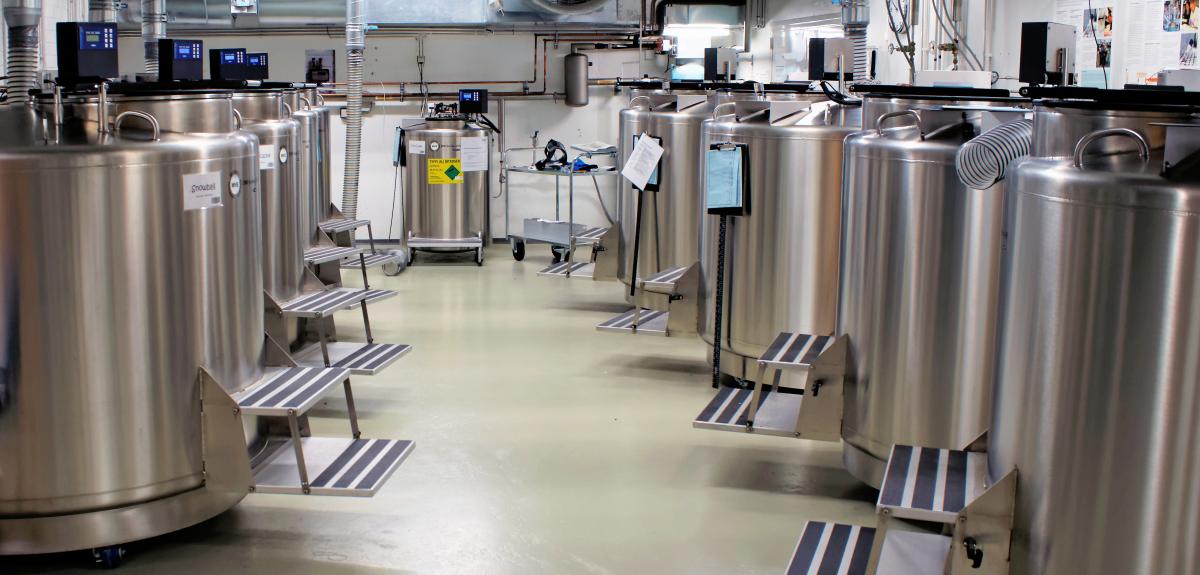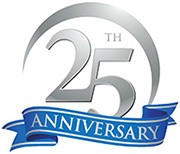The Path to Safety for Pharmaceutical and Laboratories: Why O2 Deficiency Monitors May be Required?
- By : PureAire Monitoring Systems
- Posted on : September 14, 2016
- Uncategorized
To safeguard against gas leaks in pharmaceutical industries and laboratories, businesses are turning to oxygen deficiency monitors. Learn when, where, and why an oxygen monitor or O2 monitor may be required.
Oxygen Monitors in Medical and Pharmaceutical Settings
In the hospital setting, nitrogen gas is widely used. During surgeries, nitrogen powers equipment and preserves blood and tissues. Nitrogen gas is also used to freeze and destroy tissue.
Hospitals work with other gases, such as carbon monoxide, for lung diffusion testing and culturing. Laboratories growing cultures for analysis, testing, and research require that the tissue samples be grown under strict environmental conditions. Medical gases can control the environment to ensure that tissue samples are not contaminated by any sort of bad bacteria.
Magnetic resonance imaging machines use nitrogen gas to cool the magnet and keep the machine working properly. As such, it is critical to have an oxygen monitor in an MRI room to protect the safety of patients in the MRI machine and technicians performing the MRI. In 2000, a technician was killed and several others were injured when nitrogen escaped from the closed chamber and into the room.
Pharmaceutical facilities also rely on nitrogen gas for multiple uses. Since the gas can keeps oxygen out of an environment, it can ensure the purity of a chemical compound or preserve the longevity of a packaged medical product. Nitrogen is also kept on hand as a natural fire suppressant and purifier. Nitrogen gas generators allow pharma plants to access nitrogen gas on demand for a low cost.
How an Oxygen Deficiency Monitor Protects Workers in Laboratories, Hospitals, and Pharma
Staff and patients in hospitals, pharma, and laboratories need to stay safe. By installing an O2 monitor in any rooms where potentially harmful gases are used, employers can safeguard their workers’ and their patients’ air quality.
The wall-mounted monitors continually check the levels of oxygen in the air. As long as oxygen levels are above the minimum amount, the alarm remains silent. If a gas like nitrogen were to leak in MRI rooms or lab storage facilities, the amount of oxygen in the air would begin to drop. Once oxygen fell to the minimum safe level, the alarm would go off, warning staff of the problem. Staff could then leave the room and evacuate patients.
While these devices are important to protect public safety, they also keep the facility in compliance with the law. Hospitals, medical, and pharma facilities are required to install oxygen monitors where potentially hazardous gases are used.
Since medical and pharma settings may store and use gases in many locations, multiple oxygen monitors may be needed. PureAire’s oxygen sensors can last for 10 years with no maintenance. Our quality oxygen deficiency monitors are of the highest quality, to provide peace of mind and total protection in medical and pharmaceutical settings. Learn more about the line of oxygen monitors offered by PureAire at www.pureairemonitoring.com.



